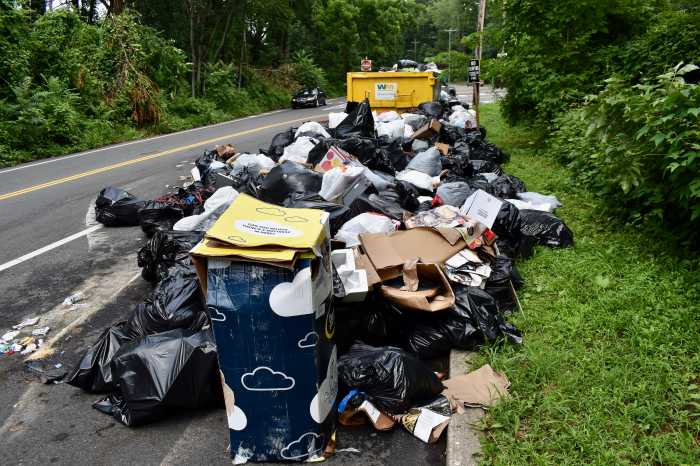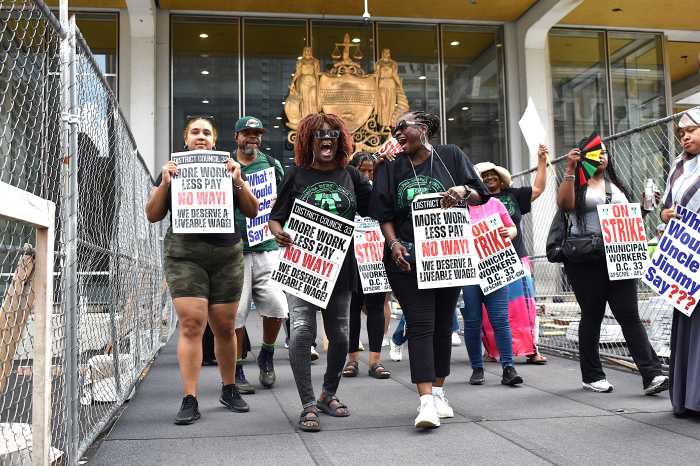By Daniel Casillas, MWN
Social media continues to evolve as the most popular source of information, although many users are aware of misinformation and fake news on these platforms. Recently published Reuters Institute Digital News Report 2020 confirmed that the use of social media increased during the quarantine implemented due to the COVID-19 pandemic with WhatsApp seeing the biggest growth of around ten percentage points in some countries.
But people do not use social media just to connect and have fun. Its is also considered as a primary source of information. According to the Reuters study, Facebook leads with 36 percent of social media users consuming news on the platform, followed by YouTube (21%), WhatsApp (16%) and Twitter (12%). And Instagram is now getting more popular when it comes to that purpose (11%).
But why did social networks become such a popular source of information?
“People spend a lot of time on social media. News outlets will post stories on these platforms, and people will also share stories or provide their own opinions on news topics. In a crisis situation, official news correspondent reports can be slow (at least in address all concerns or questions that people might have) but social media reports can be more swiftly distributed,” Samantha Vanderslott, social sciences researcher at the Oxford Vaccine Group and the Oxford Martin School, explained to Metro.
The growing popularity of social media as a source of information has also led to an increased presence of fake news. A survey conducted by Statista in 2018 revealed that nearly half of readers report that they see such stories at least once a day. Another study found that Americans of all ages now believe that over 60 percent of news that they find on social media is fake.
“We have seen an increase in this phenomenon on social media over the past five years,” Jon-Patrick Allem, director of the Social Media Analytics Lab at the Keck School of Medicine of The University of Southern California said.
Disinformation has grown hand in hand with digital platforms because fakes are more easily spread through social media.
“On social media, anyone can post and spread fake news and there are limitations for what social media companies do about it, although they have policies and initiatives to try and curb it,” Vanderslott added.
In the equation of fake news, there are two components: those who generate them and those who share them. According to Vanderslott, “on the one hand are those who seek to get many clicks to generate advertising revenue or gain notoriety. On the other hand, the reason for creating fake news may be ideological to persuade people of a certain viewpoint or cause general confusion and chaos.”
As for the reasons why people share fake news, the expert points out that it happens because they may genuinely believe in its truthfulness. They may not be sure if it is true but it fits their beliefs or viewpoint, or they may know for sure that it is not true, but it is beneficial for them to share it because of the impacts they think it will have.
Social media users can contribute to ending fake news very easily by taking a few seconds to verify the information before sharing it.
“Taking a moment to make sure the information is accurate before sharing would be a great first step. If you don’t know for certain about the accuracy of the claims or the reliability of the organization, play it safe and don’t share,” Allem concluded.


































